Abstract Drawing Techniques for Beginners
Are you ready to dive into the vibrant world of abstract drawing? If you’re a beginner, you might feel a bit overwhelmed by the freedom and creativity that abstract art offers. But fear not! This article is your trusty guide, packed with essential techniques and tips that will help you unleash your inner artist. Abstract drawing isn’t just about splashing paint on a canvas; it’s about exploring emotions, colors, and forms in a way that resonates with you. It’s like dancing with your pencil or brush, moving freely without the constraints of realism. So, let’s embark on this colorful journey together!
At its core, abstract art is all about breaking free from traditional representation. Instead of painting a landscape or a portrait, abstract artists focus on colors, shapes, and forms. This style invites you to express your feelings and thoughts without the need for literal interpretation. Think of it as a conversation with your canvas, where every stroke and splash conveys a message. For beginners, embracing this concept can be liberating. It encourages you to explore your unique artistic voice without the fear of making mistakes. After all, in abstract art, there are no mistakes—only opportunities to discover something new!
Before you start creating your masterpiece, it's crucial to gather the right tools. Having the appropriate materials can make a significant difference in your drawing experience. Here’s a quick rundown of what you’ll need:
- Pencils: A range of pencils from HB to 8B will allow you to experiment with different line weights and textures.
- Markers: Permanent markers come in various colors and thicknesses, perfect for adding bold lines and details.
- Paper: Choosing the right paper is essential for achieving the desired results in your abstract drawings.
The type of paper you use can significantly impact your final artwork. Different papers have various textures and weights, which can affect how your mediums interact with the surface. For instance, a heavier paper can handle more wet mediums, while lighter paper might buckle. Here are some popular paper options for abstract drawing:
| Paper Type | Weight (GSM) | Best For |
|---|---|---|
| Watercolor Paper | 200-800 | Wet mediums, washes |
| Mixed Media Paper | 160-300 | Various mediums, including ink and acrylic |
| Sketch Paper | 90-120 | Pencil and light markers |
When selecting paper, consider both texture and weight. Textured papers can add depth and interest to your work, while smooth papers might be better for fine details. The weight of the paper also plays a role; heavier papers can withstand more layering and mixed media techniques, allowing you to experiment without the fear of tearing. So, don’t hesitate to touch and feel different papers before making your choice—it’s all part of the creative process!
To help you get started, here are some recommended brands and types of paper that are ideal for beginners:
- Canson XL Series: Great for mixed media and sketching.
- Strathmore Watercolor Paper: Perfect for wet techniques.
- Fabriano Artistico: A premium choice for serious artists.
As a beginner, it’s essential to experiment with various techniques to find what resonates with you. Here are a few fundamental methods to get you started:
- Line Drawing: Create intricate patterns and shapes using different line weights.
- Color Blending: Mix colors directly on the paper or palette to create smooth transitions.
- Shape Manipulation: Play with geometric and organic shapes to form interesting compositions.
Color is a powerful tool in abstract art. Understanding the basics of color theory can greatly enhance your artwork. A color wheel is a fantastic resource for beginners, helping you to identify complementary colors and harmonies. By knowing how colors interact, you can create more dynamic and visually appealing pieces. For instance, using contrasting colors can create tension, while analogous colors can evoke a sense of harmony.
Colors can evoke emotions and set the tone for your artwork. Warm colors like reds and yellows can create feelings of excitement or warmth, while cool colors like blues and greens can evoke calmness and serenity. Understanding the emotional impact of these colors allows you to convey specific moods in your abstract drawings. Think of it as choosing the right soundtrack for your visual story—each color adds a unique note to the overall composition.
A well-thought-out color palette can elevate your artwork. Start by selecting a few key colors that resonate with you, then experiment with shades and tints to create depth. Try to limit your palette to a few colors to maintain harmony and focus in your piece. Remember, the goal is to evoke emotions and tell a story through your colors, so let your intuition guide you!
Finally, don’t forget that experimentation is key to finding your unique style. Try out various techniques like splattering paint, layering different mediums, or even using unconventional tools like sponges or credit cards to apply paint. The more you experiment, the more you’ll discover what works for you. Embrace the unexpected, and let your creativity flow!
Q: Do I need expensive materials to start abstract drawing?
A: Not at all! You can create stunning abstract art with basic materials. Start with affordable paper and pencils, and upgrade as you gain experience.
Q: How do I know if my abstract drawing is "good"?
A: Abstract art is subjective. What matters most is how your artwork makes you feel. Trust your instincts and enjoy the process!
Q: Can I combine different mediums in my abstract art?
A: Absolutely! Mixing mediums can lead to exciting results. Don’t hesitate to experiment with paints, markers, and even collage elements.
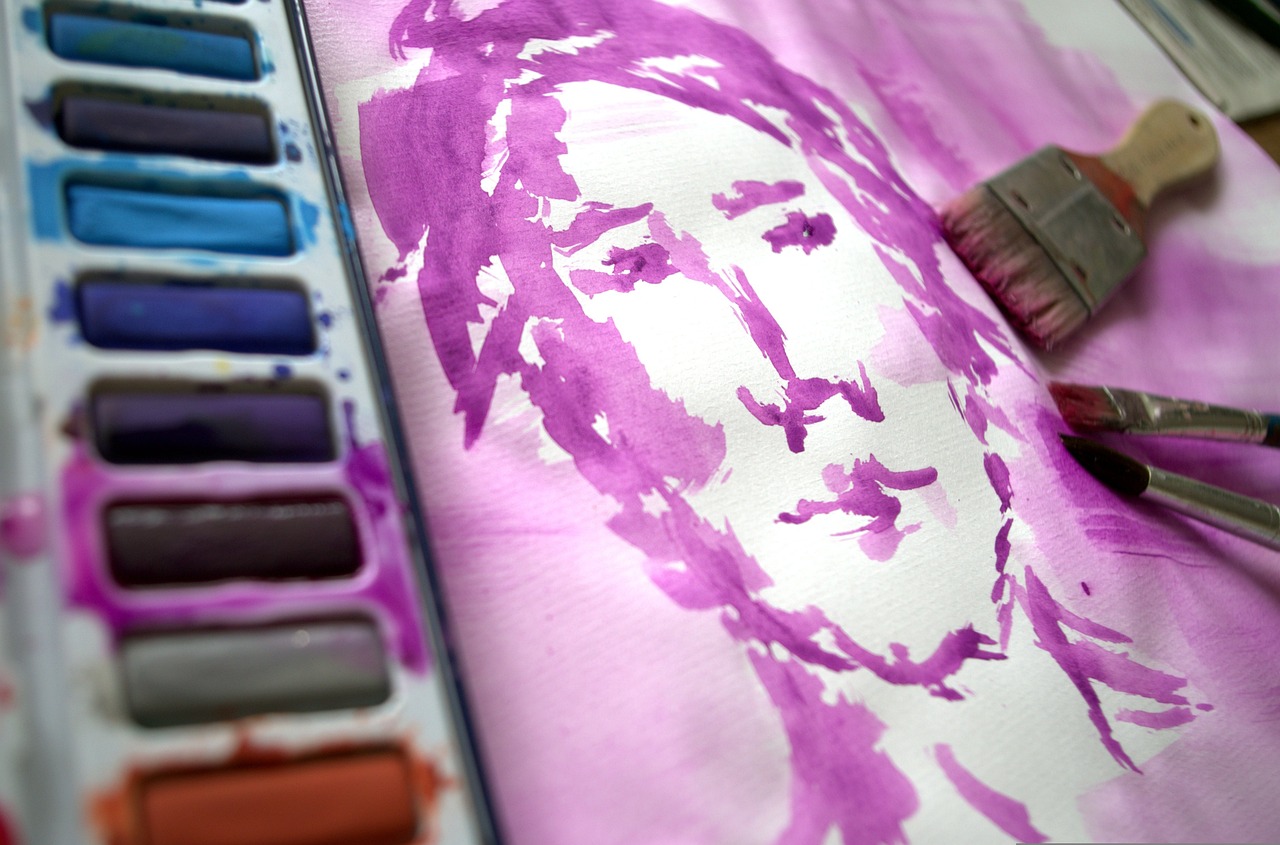
Understanding Abstract Art
Abstract art is a fascinating realm where creativity knows no bounds. Unlike traditional art forms that aim to replicate reality, abstract art focuses on the essence of emotions, colors, and shapes. It invites viewers to interpret the artwork in their own unique way, making it a deeply personal experience. For beginners, diving into abstract drawing can feel like stepping into a world of limitless possibilities. Have you ever felt overwhelmed by the rules of realism? Well, abstract art is your ticket to freedom!
At its core, abstract art encourages artists to express their feelings and thoughts without the constraints of accuracy. It’s a playground for the imagination, where the only limits are those you impose on yourself. You might wonder, "What does this piece mean?" or "Why did the artist choose these colors?" The beauty of abstract art is that there are no right or wrong answers. Each stroke of the brush or line of the pencil can evoke different emotions, sparking conversations and interpretations.
One of the most significant aspects of abstract art is its ability to inspire. For beginners, it serves as a catalyst for exploring their own artistic styles. Think of it like a journey where you get to discover your own voice. Whether you prefer vibrant splashes of color or subtle, muted tones, abstract drawing allows you to experiment and find what resonates with you. So, why not embrace the chaos and let your inner artist shine?
Moreover, abstract art has a rich history that dates back to the early 20th century. Artists like Wassily Kandinsky and Piet Mondrian paved the way for this movement, challenging the norms of their time. Their works emphasized the importance of color and form, inspiring generations of artists to break free from traditional constraints. By understanding the historical context of abstract art, beginners can appreciate the evolution of styles and techniques that have shaped this captivating genre.
In essence, abstract art is not just about creating visually appealing pieces; it's about self-expression and exploration. It invites you to step outside your comfort zone, experiment with different techniques, and most importantly, have fun! So grab your pencils, markers, or whatever tools you have at hand, and let your imagination run wild. Who knows? You might just create something that speaks to your soul.
As you embark on this artistic adventure, remember that the journey is just as important as the destination. Embrace the surprises that come along the way, and don't be afraid to make mistakes. After all, in the world of abstract art, every error can lead to a new discovery. So, what are you waiting for? Dive in and start exploring the vibrant world of abstract drawing!
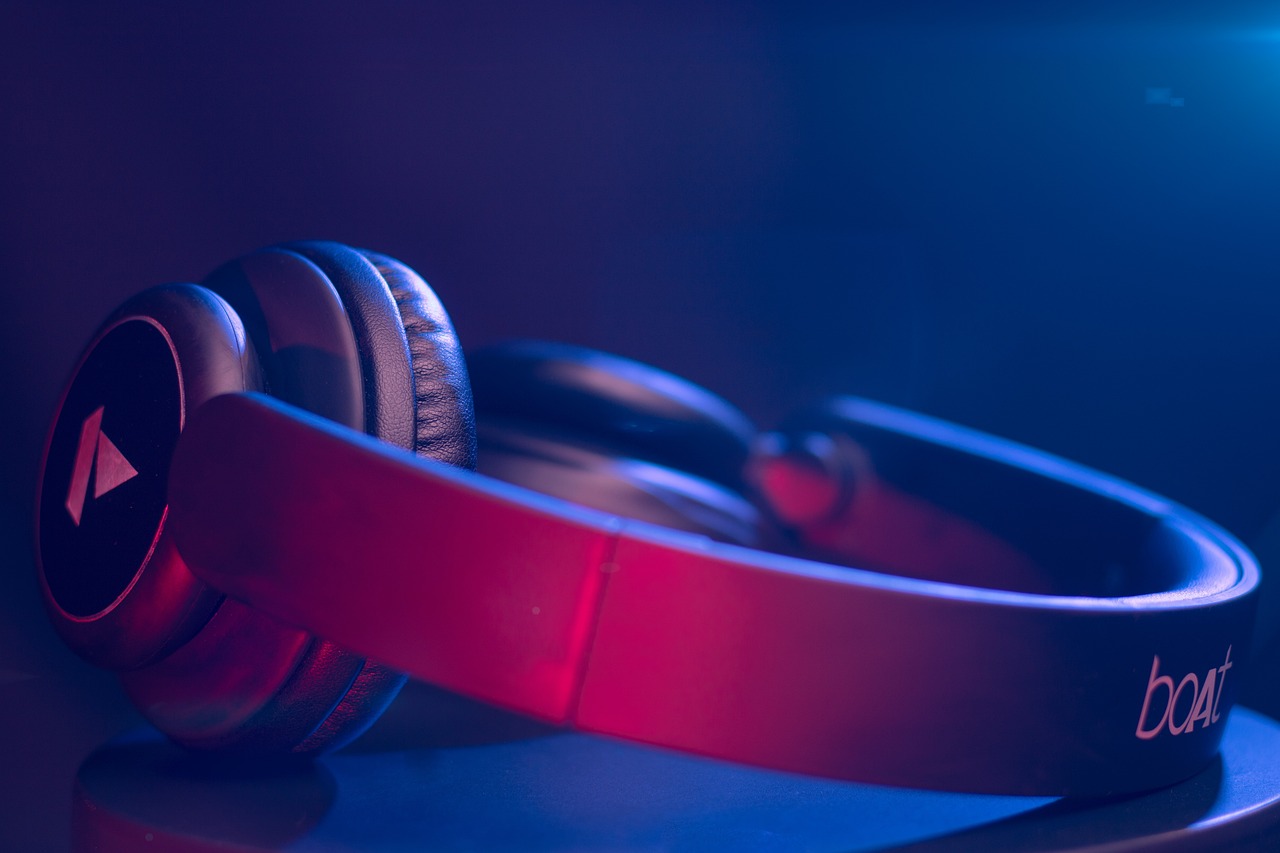
Essential Tools and Materials
When embarking on your journey into the world of abstract drawing, having the right tools and materials is not just important; it's absolutely essential. Think of your tools as the magic wand that transforms your creative ideas into tangible art. In this section, we’ll break down the must-have items that will help you unleash your creativity and express your unique artistic vision.
First and foremost, let's talk about pencils. A good set of pencils can be your best friend in abstract drawing. You don’t need to invest in the fanciest brands; a basic set ranging from HB to 6B will give you a variety of hardness levels, allowing you to create everything from fine lines to bold strokes. Additionally, consider adding a mechanical pencil to your arsenal for those precise details that can elevate your work.
Next up are markers. Markers come in various types, including alcohol-based and water-based, each offering a different texture and vibrancy. They are fantastic for adding bold colors and dynamic lines to your pieces. If you're feeling adventurous, try using a combination of both types to see how they interact on paper. Remember, the beauty of abstract art lies in experimentation!
Now, let’s not forget about the paper itself. The type of paper you choose can greatly influence your final artwork. For abstract drawing, you might want to explore different textures and weights. A heavier weight paper (like 200gsm or more) can handle wet mediums better, while textured papers can add an interesting dimension to your work. Here’s a quick comparison of some popular paper types:
| Paper Type | Weight (gsm) | Best For |
|---|---|---|
| Sketch Paper | 90-120 | Dry mediums like pencil and charcoal |
| Mixed Media Paper | 200-300 | Wet and dry mediums |
| Watercolor Paper | 200-800 | Watercolors and wet techniques |
Additionally, charcoal is another essential tool that can bring depth and richness to your abstract drawings. It’s perfect for creating dramatic contrasts and can be easily blended for softer edges. Don't overlook the power of pastels as well; they can add a vibrant splash of color and are great for layering.
Lastly, consider investing in some unconventional tools. Things like sponges, brushes, and even your fingers can create unique textures and effects that traditional tools simply can’t. The key is to keep an open mind and allow your creativity to flow freely. Remember, abstract art is all about breaking the rules and expressing yourself!
In summary, your artistic journey in abstract drawing will be greatly enhanced by having the right tools and materials at your disposal. From pencils and markers to various types of paper and unconventional tools, each element plays a crucial role in your artistic expression. So gather your supplies, get comfortable, and let your imagination run wild!
Q: Do I need expensive materials to create abstract art?
A: Not at all! While high-quality materials can enhance your work, many affordable options can yield fantastic results. Focus on what feels comfortable for you.
Q: Can I use regular printer paper for abstract drawing?
A: Yes, you can, but be cautious with wet mediums as they may warp the paper. It’s best to use thicker paper for better results.
Q: How do I know what colors to use?
A: Experiment with different colors! Understanding color theory can help, but trust your instincts and choose colors that resonate with you.
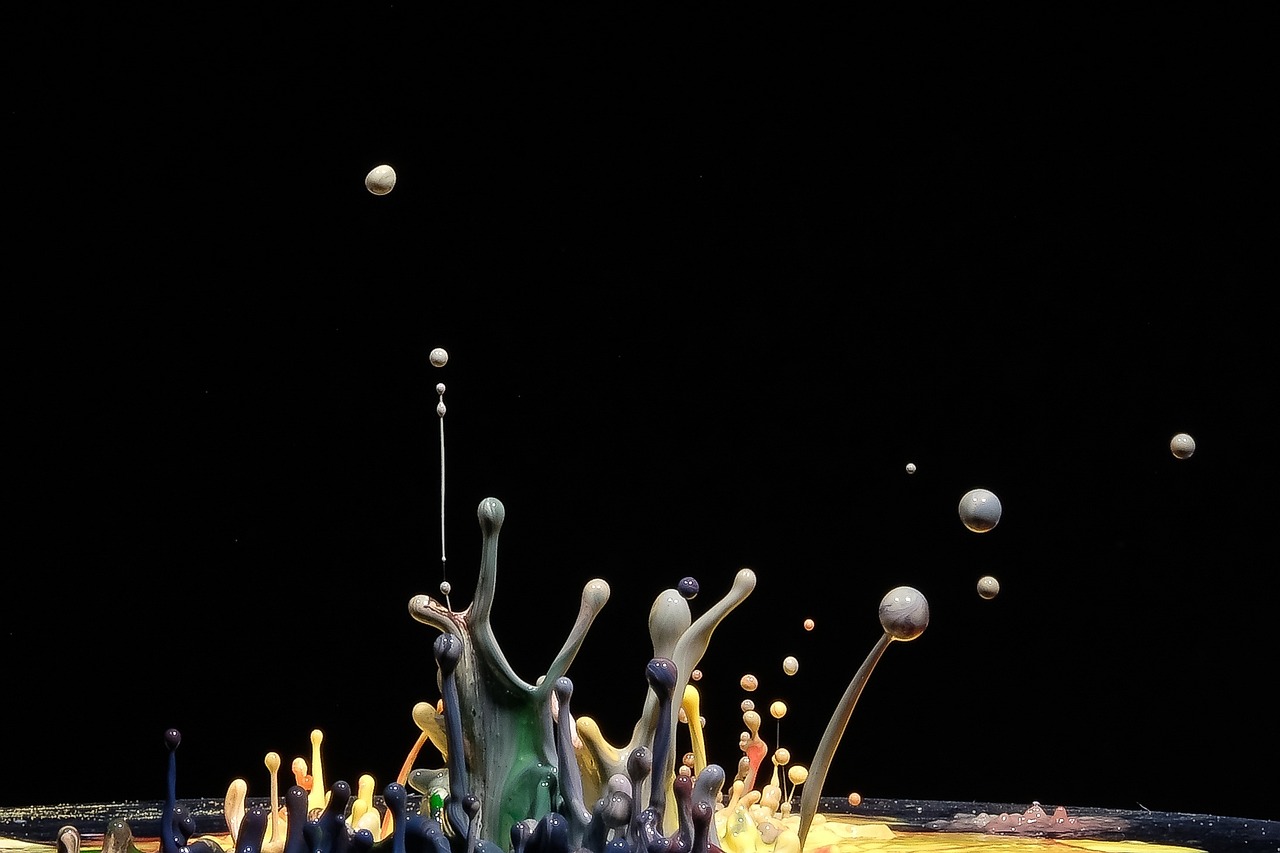
Choosing the Right Paper
When it comes to abstract drawing, the choice of paper is more than just a surface to scribble on; it’s a fundamental aspect that can significantly influence your artistic expression. Imagine trying to paint a beautiful sunset on a crumpled piece of newspaper—frustrating, right? The texture, weight, and finish of the paper can either enhance your creativity or hinder it. So, let’s dive into the world of paper selection that will set the stage for your abstract masterpieces.
First, consider the texture of the paper. Smooth paper is excellent for fine lines and intricate details, allowing your markers or pencils to glide effortlessly. On the other hand, textured paper can add a unique dimension to your work, inviting the viewer to explore the piece more intimately. Think of it as the difference between a calm lake and a rocky shore; both are beautiful but evoke different feelings and reactions.
Next, the weight of the paper is crucial. Paper weight is measured in grams per square meter (gsm), with heavier paper (usually above 200 gsm) being ideal for wet mediums like watercolor or ink. Lighter papers can buckle or tear under heavy applications, which can be quite disheartening for a budding artist. Therefore, when selecting your paper, aim for a weight that aligns with the mediums you plan to use. Here’s a quick overview:
| Paper Type | Weight (gsm) | Best For |
|---|---|---|
| Smooth Drawing Paper | 120-200 | Pencil, Ink |
| Watercolor Paper | 200-800 | Watercolor, Ink |
| Mixed Media Paper | 160-300 | Various Mediums |
Additionally, the finish of the paper plays a role in the final outcome of your artwork. Hot-pressed paper offers a smooth surface ideal for detailed work, while cold-pressed paper has a more textured surface, perfect for bold strokes and layering. Choosing the right finish can be likened to picking the right brush for painting; it makes all the difference in the world.
In summary, selecting the right paper for your abstract drawing is a journey that involves understanding the various characteristics of paper types. The right choice can open up a realm of creative possibilities, allowing your imagination to run wild. So, before you pick up that pencil or brush, take a moment to consider your paper—your future artwork will thank you!
- What type of paper is best for beginners? For beginners, a mixed media paper with a weight of around 200 gsm is a great choice as it accommodates various mediums.
- Can I use regular printer paper for abstract drawing? While you can use printer paper, it may not hold up well to wet mediums and could easily tear or buckle.
- How do I know what weight paper to choose? Consider the mediums you plan to use. Heavier weight papers are better for wet applications, while lighter papers are suitable for dry mediums.
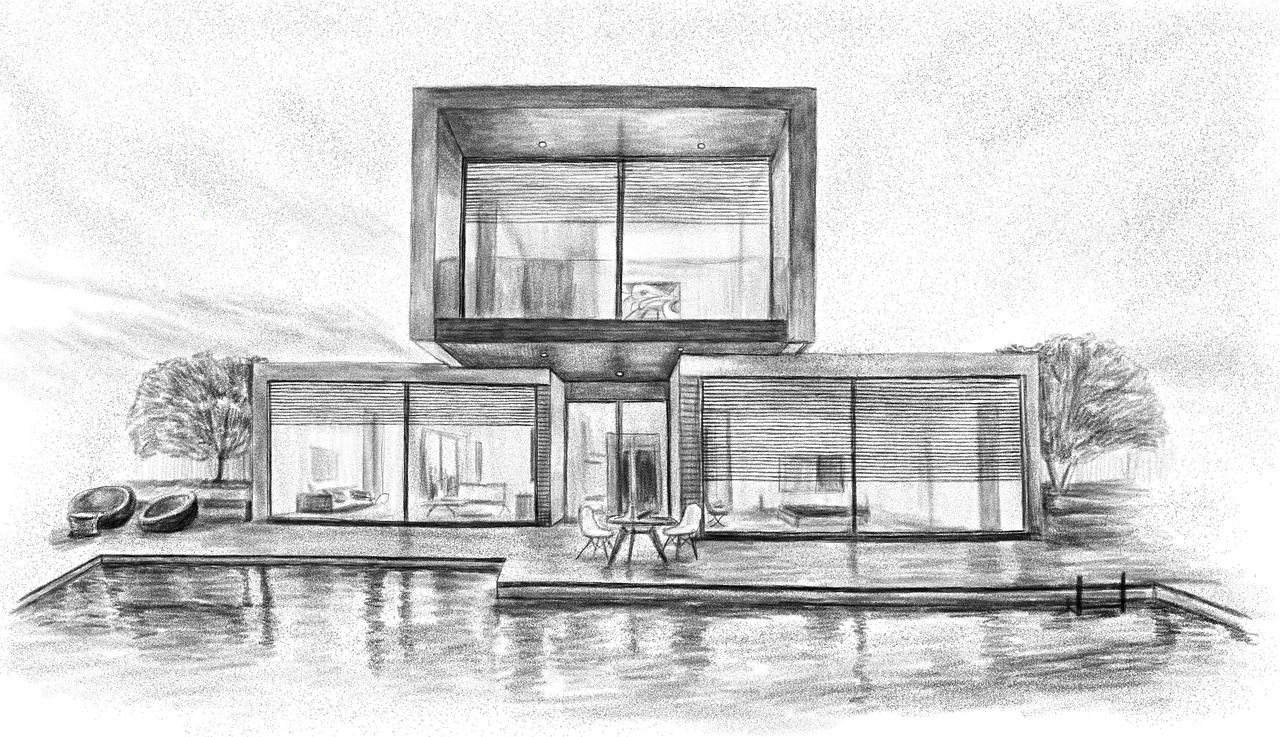
Texture and Weight Considerations
When diving into the world of abstract drawing, one of the most overlooked aspects is the texture and weight of the paper you choose. These elements can significantly influence not only the feel of your artwork but also the techniques you can effectively employ. Think of texture as the skin of your canvas; it can either invite you to explore or deter you from making bold strokes. For instance, a rough texture can add depth and interest to your work, allowing for a more dynamic application of color and medium. On the other hand, a smooth surface is perfect for fine lines and detailed work.
Weight, measured in grams per square meter (gsm), determines how well the paper can handle various mediums. Heavier papers (around 200 gsm or more) are ideal for wet mediums like watercolor, while lighter papers (around 100-150 gsm) work well for dry mediums like pencils and markers. When you select your paper, consider the techniques you want to explore. If you're planning to use water-based paints or inks, a heavier weight will prevent warping and buckling, ensuring that your creative vision remains intact.
Moreover, the interaction between texture and weight can lead to exciting results. For example, using a heavy, textured paper with acrylic paints can create a stunning contrast that draws the viewer's eye. It’s like a dance between the medium and the surface; each element complements the other, leading to a harmonious outcome. Experimenting with different combinations of texture and weight will not only enhance your skills but also help you discover your unique artistic voice.
To give you a clearer understanding, here’s a simple table summarizing the effects of different paper textures and weights:
| Paper Texture | Weight (gsm) | Best For |
|---|---|---|
| Rough | 200+ | Acrylics, Watercolors |
| Cold Press | 300 | Watercolor, Mixed Media |
| Smooth | 100-150 | Pencil, Ink, Markers |
| Textured | 200+ | Pastels, Charcoal |
In conclusion, understanding the texture and weight of your paper is crucial for any beginner venturing into abstract drawing. The right combination can elevate your artwork, allowing your creativity to flourish. So, when you head to the art store, remember to feel the paper, weigh your options, and let your artistic journey begin with a solid foundation!
- What is the best paper for abstract drawing? It depends on the medium you plan to use. For acrylics or watercolors, heavier, textured papers are recommended, while lighter papers are suitable for pencils and markers.
- Can I use regular printer paper for abstract drawing? While you can, it may not yield the best results. Regular printer paper is typically too thin for wet mediums and can warp easily.
- How does paper texture affect my drawing? Texture can add depth and interest to your work, influencing how colors blend and how your tools interact with the surface.
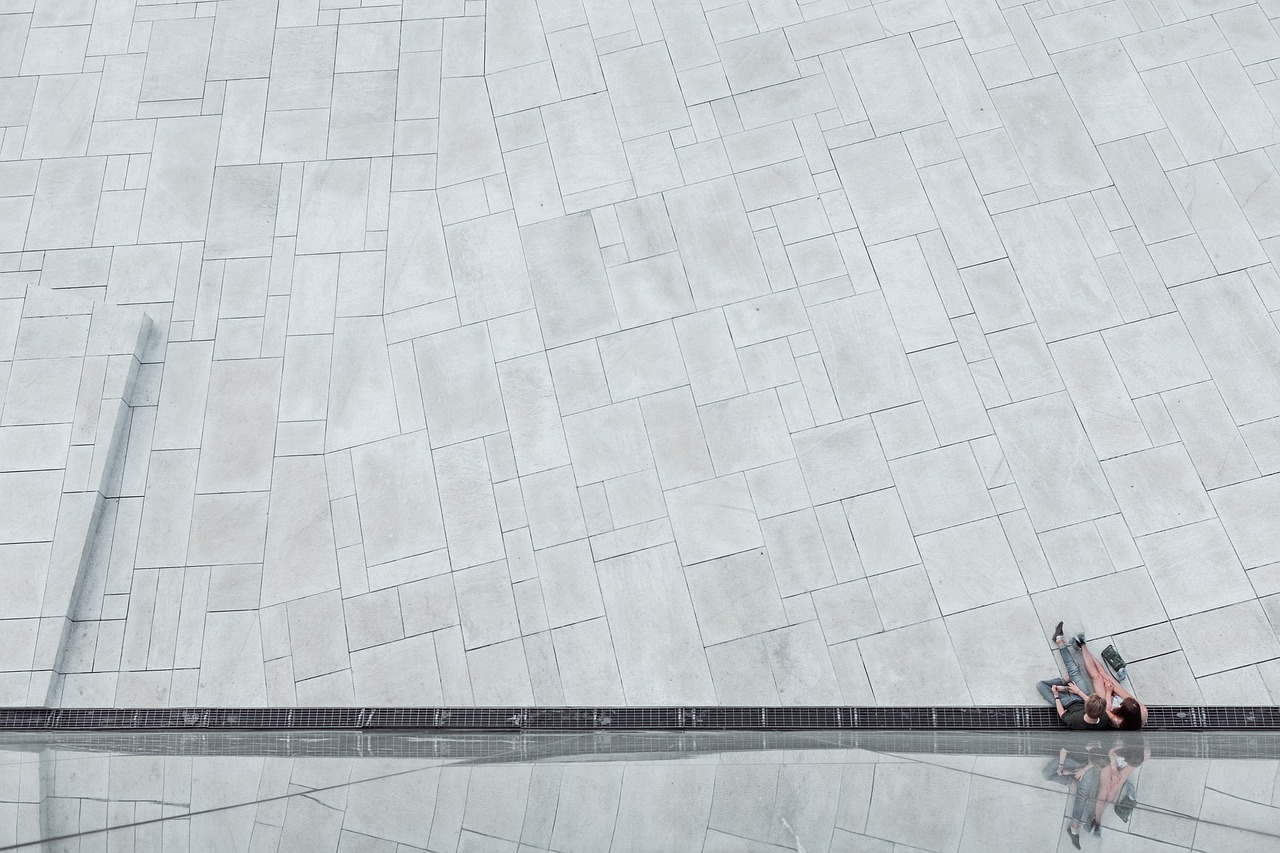
Recommended Brands and Types
When diving into the world of abstract drawing, having the right materials can make a world of difference. Choosing the appropriate paper is essential, as it not only affects the application of your mediums but also influences the overall feel of your artwork. Here are some of paper that cater specifically to beginners, ensuring that you have the best tools at your disposal to unleash your creativity.
First off, consider Canson paper, known for its quality and versatility. The Canson Mix Media paper is a fantastic choice for those who enjoy experimenting with various mediums, from pencils to watercolors. Its weight and texture allow for smooth application and blending, making it an ideal starting point for your abstract journey.
Another excellent option is . Their 400 Series Drawing paper is perfect for beginners looking to work primarily with dry media. The texture of this paper provides a great surface for pencil and charcoal, allowing for detailed line work and shading.
For those who prefer a more textured surface, Fabriano offers a variety of options. The Fabriano Artistico paper is a favorite among abstract artists due to its high-quality cotton content, which absorbs paint beautifully and allows for vibrant colors to pop. This paper is particularly suitable for watercolor techniques, providing a unique way to express your artistic vision.
Additionally, if you're looking to explore digital abstract art, brands like Wacom provide exceptional drawing tablets that mimic the feel of traditional paper while offering the flexibility and convenience of digital art. This can be a fun way to experiment with colors and shapes without the physical constraints of paper.
To sum it up, here’s a quick reference table to help you choose the right paper for your abstract drawing endeavors:
| Brand | Type | Best For |
|---|---|---|
| Canson | Mix Media | Various mediums |
| Strathmore | 400 Series Drawing | Dry media (pencil, charcoal) |
| Fabriano | Artistico | Watercolor techniques |
| Wacom | Digital Drawing Tablets | Digital abstract art |
Remember, the journey of abstract drawing is all about experimentation. Don't hesitate to try out different brands and types of paper until you find the one that feels just right for your artistic expression. Each brand offers unique characteristics that can enhance your creative process, making your abstract art truly your own.
Q: What type of paper is best for beginners in abstract drawing?
A: For beginners, a mix media paper like Canson Mix Media is highly recommended as it accommodates various mediums, allowing for a versatile approach to abstract art.
Q: Can I use watercolor paper for drawing?
A: Absolutely! Watercolor paper, such as Fabriano Artistico, is great for drawing as it can handle wet and dry mediums, providing a unique texture that enhances your artwork.
Q: Do I need expensive materials to create good abstract art?
A: Not at all! While quality materials can enhance your work, many affordable options can yield fantastic results. Focus on finding what works best for you and your style.
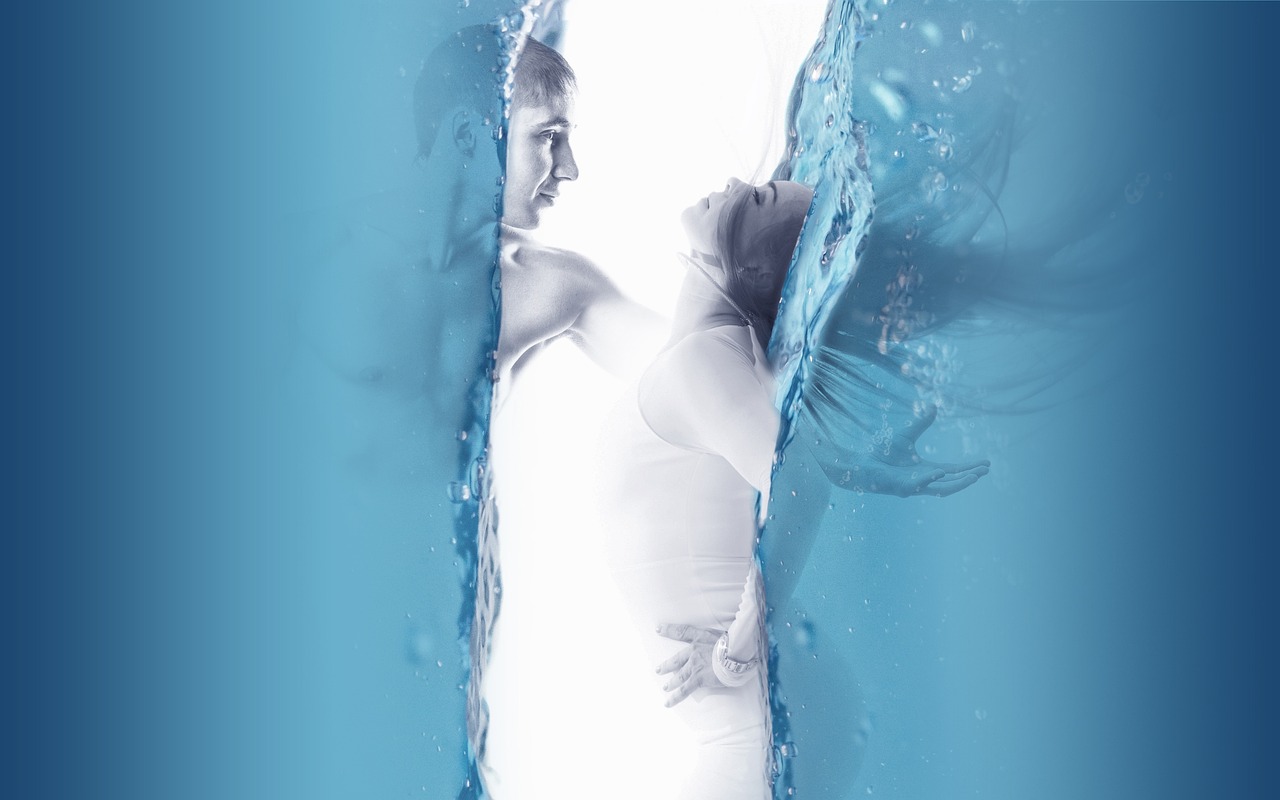
Basic Techniques to Explore
When diving into the world of abstract drawing, it’s essential to embrace a variety of techniques that can help you express your creativity. Each technique serves as a stepping stone to discovering your unique artistic voice. Think of these methods as different flavors in a recipe; when combined, they can create something truly delicious! So, let’s explore some fundamental techniques that every beginner should try.
One of the most basic yet powerful techniques is line drawing. This method involves creating shapes and forms using only lines. It’s amazing how just a few simple lines can convey complex emotions or ideas. You might start with straight lines, but don't be afraid to experiment with curves and swirls. The beauty of abstract art is that there are no strict rules—let your imagination run wild!
Next up is color blending. This technique allows you to create stunning visual effects by mixing different colors together. You can use tools like your fingers, sponges, or brushes to blend colors on the paper. Imagine the way a sunset transitions from orange to purple; that’s the kind of beauty you can achieve through blending. Start with two or three colors and see how they interact. You might discover unexpected combinations that resonate with your artistic vision.
Another exciting technique to explore is shape manipulation. This involves taking basic shapes—like circles, triangles, and squares—and transforming them into something abstract. You can stretch, shrink, or overlap these shapes to create a dynamic composition. Picture a puzzle where the pieces don’t quite fit together; that’s the essence of abstract art! By playing with shapes, you can evoke feelings of chaos, harmony, or even movement.
Don’t forget about texture! Incorporating different textures into your work can add depth and interest. You might try using materials like sand, fabric, or even crumpled paper to create unique surfaces. The contrast between smooth and rough textures can make your artwork pop. Imagine running your fingers over a painting and feeling the different surfaces; that tactile experience can enhance the emotional impact of your piece.
Finally, consider layering. This technique allows you to build complexity in your artwork by applying multiple layers of colors, shapes, or textures. Start with a base layer, then add more elements on top, allowing some of the previous layers to peek through. This method can create a sense of depth and intrigue, inviting viewers to explore your artwork more closely. Think of it like building a cake; each layer adds to the overall flavor and experience.
In summary, experimenting with these basic techniques—line drawing, color blending, shape manipulation, texture, and layering—will not only enhance your skills but also help you discover your artistic style. Remember, the journey of creating abstract art is all about exploration and self-expression. So grab your materials, let go of your inhibitions, and enjoy the process of creating something uniquely yours!
- What is abstract art? Abstract art is a genre that emphasizes colors, shapes, and forms rather than realistic representation, allowing for personal interpretation.
- Do I need special skills to start abstract drawing? No! Abstract drawing is accessible to everyone, regardless of skill level. The key is to experiment and have fun.
- What materials do I need to begin? Basic materials include pencils, markers, various types of paper, and any colors you love. You can also add unconventional items for texture!
- How can I develop my unique style? Practice regularly, try different techniques, and don’t be afraid to make mistakes. Your style will evolve naturally over time.
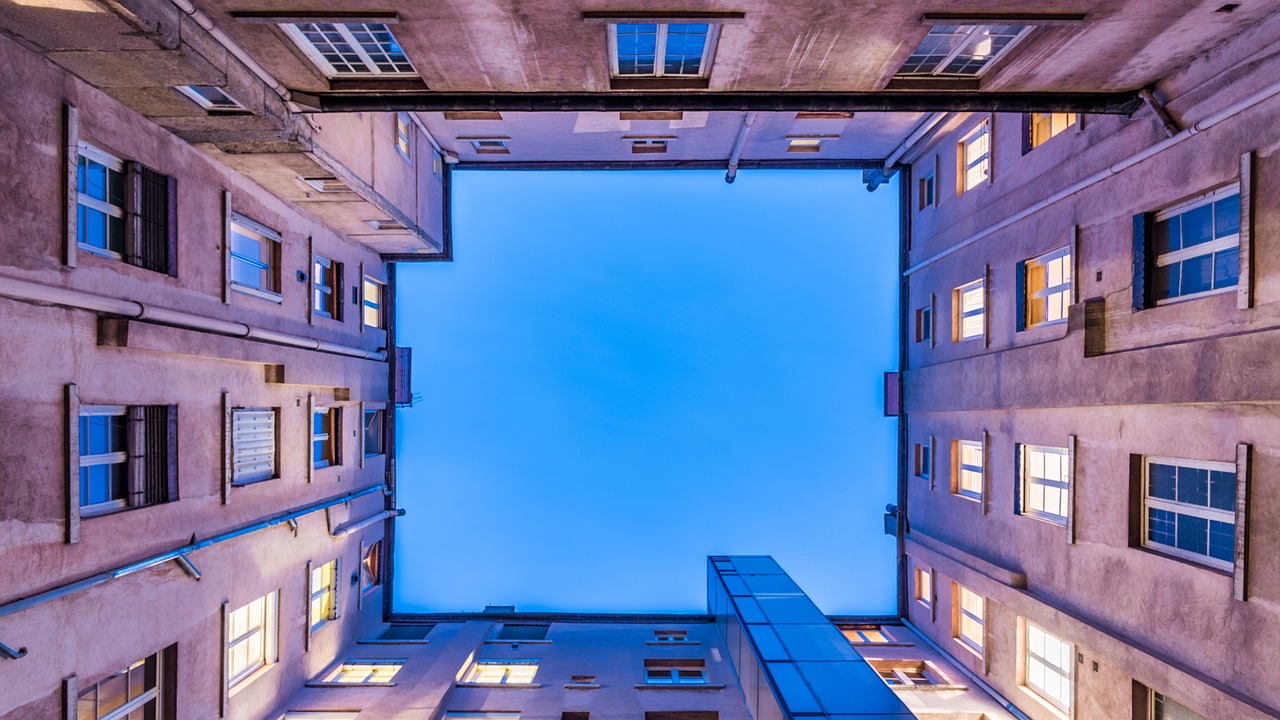
Color Theory in Abstract Drawing
Color is the heartbeat of abstract art; it breathes life into the canvas and evokes emotions that words often fail to express. Understanding color theory is essential for beginners who want to create compelling abstract pieces. At its core, color theory encompasses the relationships between colors and how they interact with each other. By grasping these concepts, artists can make informed choices that enhance their artwork's emotional and visual impact.
One of the fundamental elements of color theory is the color wheel, which is a circular diagram that illustrates the relationships between primary, secondary, and tertiary colors. Primary colors—red, blue, and yellow—serve as the building blocks for all other colors. When mixed, they create secondary colors (green, orange, and purple), which in turn can be blended to form tertiary colors. This wheel not only helps artists understand how to mix colors but also guides them in selecting harmonious color combinations that resonate with their artistic vision.
In abstract drawing, colors can convey different emotions and moods. For instance, warm colors like reds, oranges, and yellows are often associated with feelings of warmth, energy, and passion, while cool colors such as blues, greens, and purples tend to evoke calmness, tranquility, and introspection. Understanding these emotional undertones allows artists to choose colors that align with the message they wish to communicate through their art. For example:
- Warm Colors: Energetic, passionate, and vibrant.
- Cool Colors: Calm, soothing, and reflective.
Creating a well-thought-out color palette is another essential aspect of color theory in abstract drawing. A color palette is a selection of colors that work harmoniously together, enhancing the overall composition of the artwork. When selecting colors for a palette, artists should consider the mood they want to convey and how different colors can interact with each other. Here are a few tips for creating an effective color palette:
- Start with a dominant color that reflects the primary emotion you want to convey.
- Add complementary colors that enhance and contrast the dominant color.
- Incorporate neutral colors to balance the palette and provide visual relief.
Experimenting with different color combinations can lead to unexpected and exciting results. For instance, pairing a vibrant orange with a deep blue can create a striking contrast that draws the viewer's eye. Alternatively, using analogous colors—those that are next to each other on the color wheel, like blue, blue-green, and green—can create a sense of harmony and flow in a piece. The key is to play with colors and observe how they interact, allowing your intuition to guide you.
Ultimately, mastering color theory in abstract drawing is about more than just knowing which colors look good together. It’s about understanding how colors can tell a story and evoke feelings. By experimenting with different hues, shades, and tints, beginners can develop their unique style and create artwork that resonates deeply with both themselves and their audience.
Q: What is the importance of color theory in abstract drawing?
A: Color theory helps artists understand how colors interact, allowing them to make informed choices that enhance the emotional and visual impact of their artwork.
Q: How can I create a harmonious color palette?
A: Start with a dominant color, add complementary colors, and incorporate neutrals to balance your palette. Experimenting with different combinations will also help you find what works best for your style.
Q: What are warm and cool colors, and how do they affect mood?
A: Warm colors (reds, oranges, yellows) typically evoke energy and passion, while cool colors (blues, greens, purples) tend to create a sense of calm and tranquility.
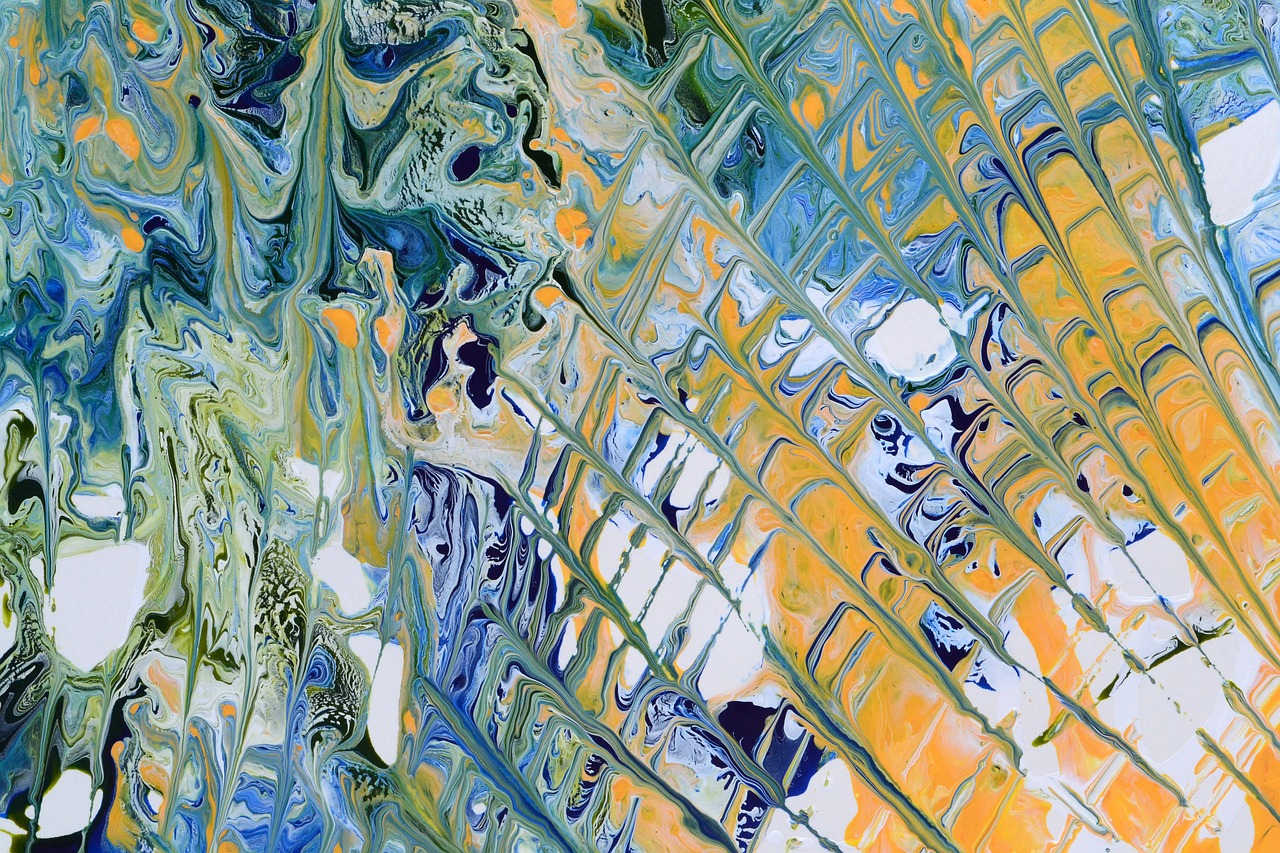
Warm vs. Cool Colors
When diving into the world of abstract drawing, understanding the difference between warm and cool colors can significantly enhance your artistic expression. Warm colors, such as reds, oranges, and yellows, tend to evoke feelings of energy, passion, and warmth. Imagine a vibrant sunset; it’s the warm colors that create that inviting, cozy atmosphere. These hues can make your artwork feel lively and engaging, drawing the viewer in with their intensity.
On the other hand, cool colors like blues, greens, and purples tend to convey a sense of calmness, serenity, and tranquility. Think about a peaceful forest or a serene ocean scene—these cool tones can transport the viewer to a place of relaxation and reflection. By understanding how these colors work, you can manipulate them in your abstract drawings to create specific emotions and atmospheres.
One of the most exciting aspects of using warm and cool colors is how they interact with each other. When placed next to each other, warm colors can appear even more vibrant, while cool colors can create a soothing backdrop. This contrast can be used to draw attention to specific areas of your artwork. For instance, if you have a predominantly cool background, adding a splash of warm color can create a focal point, making that area pop with energy. This technique can be particularly effective in abstract art, where the goal is often to evoke feelings rather than depict reality.
Here’s a quick breakdown of how you might use warm and cool colors in your abstract drawings:
- Warm Colors: Use them to create excitement and energy. They can be great for focal points or to energize a composition.
- Cool Colors: Perfect for backgrounds or to convey calmness. They can balance out the intensity of warm colors.
In your next abstract piece, try experimenting with both warm and cool colors. You might start with a cool base and then layer warm colors on top, or vice versa. Don't be afraid to play around—abstract art is all about exploration and self-expression. By understanding the emotional impact of these colors, you can create artworks that resonate deeply with your audience.
Q: What are warm colors?
A: Warm colors include reds, oranges, and yellows. They are often associated with energy, passion, and vibrancy.
Q: What are cool colors?
A: Cool colors include blues, greens, and purples. These colors typically evoke feelings of calmness and tranquility.
Q: How can I effectively use warm and cool colors in my abstract art?
A: Consider using warm colors for focal points to draw attention, while using cool colors for backgrounds to create depth and serenity. Experiment with layering and contrast to enhance your composition.
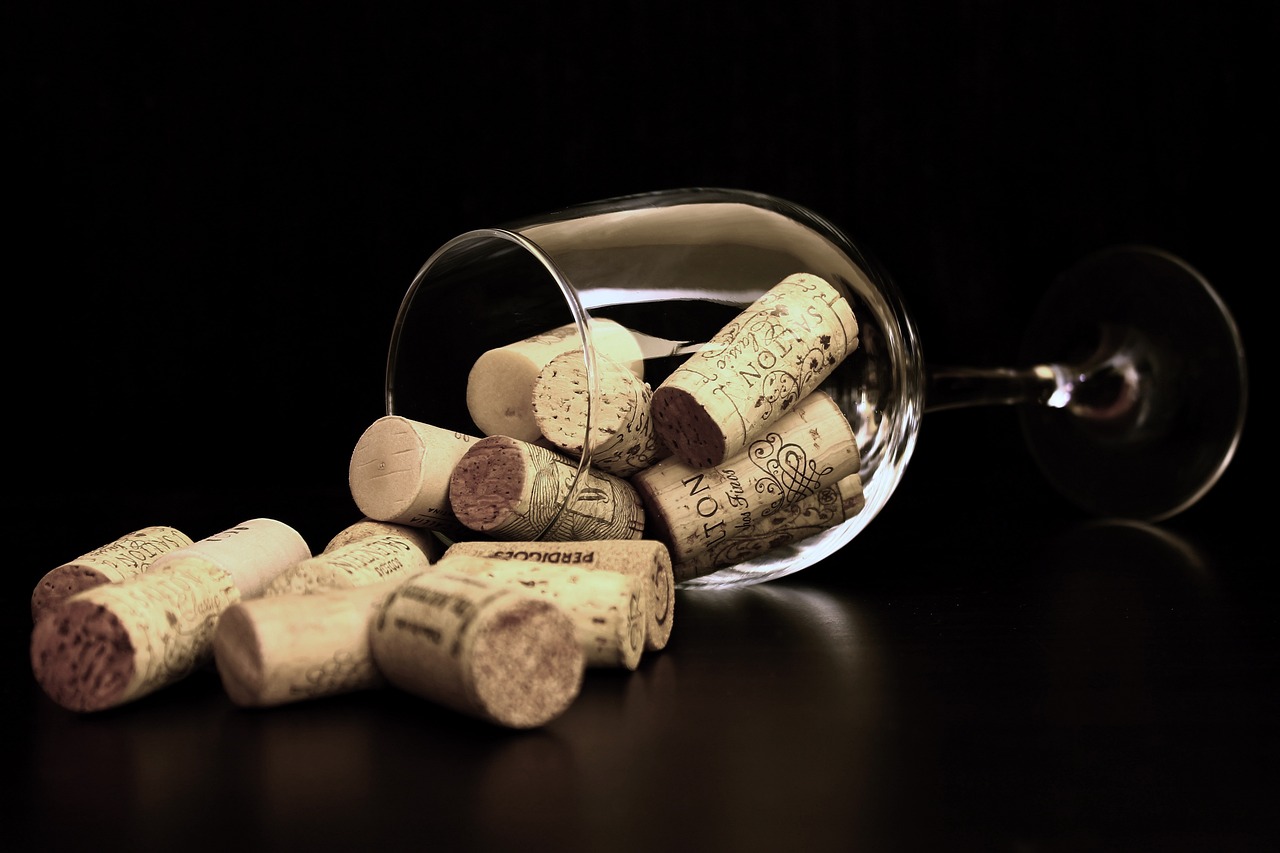
Creating Color Palettes
Creating a color palette is like setting the mood for a party; the right combination can make all the difference! In abstract drawing, a well-thought-out color palette not only enhances the visual appeal of your artwork but also communicates emotions and ideas effectively. So, how do you go about crafting the perfect palette? It begins with understanding your artistic vision and the emotions you want to evoke. Are you aiming for a calming effect, or do you want to energize the viewer? Once you identify this, you can choose colors that align with your intention.
One effective way to start is by using a color wheel, which is a fantastic tool for visualizing relationships between colors. The wheel is divided into primary, secondary, and tertiary colors, allowing you to see how they interact. For instance, complementary colors, which are opposite each other on the wheel, can create a vibrant contrast, while analogous colors, found next to each other, offer a more harmonious feel. To illustrate this, consider the following table:
| Color Type | Example Colors | Effect |
|---|---|---|
| Complementary | Red & Green | High contrast and energy |
| Analogous | Blue, Blue-Green, Green | Harmony and tranquility |
| Triadic | Red, Yellow, Blue | Balanced and vibrant |
Once you understand these relationships, you can start experimenting with different combinations. A great tip is to limit your palette to three to five colors. This restriction forces you to think creatively and helps maintain cohesion in your artwork. You might find that a splash of a bold color can contrast beautifully against softer hues, creating depth and interest. Remember, less is often more!
Additionally, consider the emotional impact of colors. Warm colors like reds and oranges can evoke feelings of excitement and passion, while cool colors like blues and greens tend to be calming and serene. By thoughtfully selecting your colors based on their emotional connotations, you can guide the viewer's feelings and reactions to your work.
Finally, don't be afraid to break the rules! Abstract art is all about exploration and personal expression. Feel free to mix colors in unexpected ways or incorporate unconventional materials like metallic paints or textured pastes to add dimension to your palette. The key is to enjoy the process and let your creativity flow!
- What is the best way to start creating a color palette?
Start by identifying the mood you want to convey and use a color wheel to help you find complementary or analogous colors. - How many colors should I use in my palette?
Limiting your palette to three to five colors can help maintain cohesion and encourage creativity. - Can I use unconventional materials in my color palette?
Absolutely! Mixing traditional paints with materials like metallics or textured pastes can enhance your artwork.
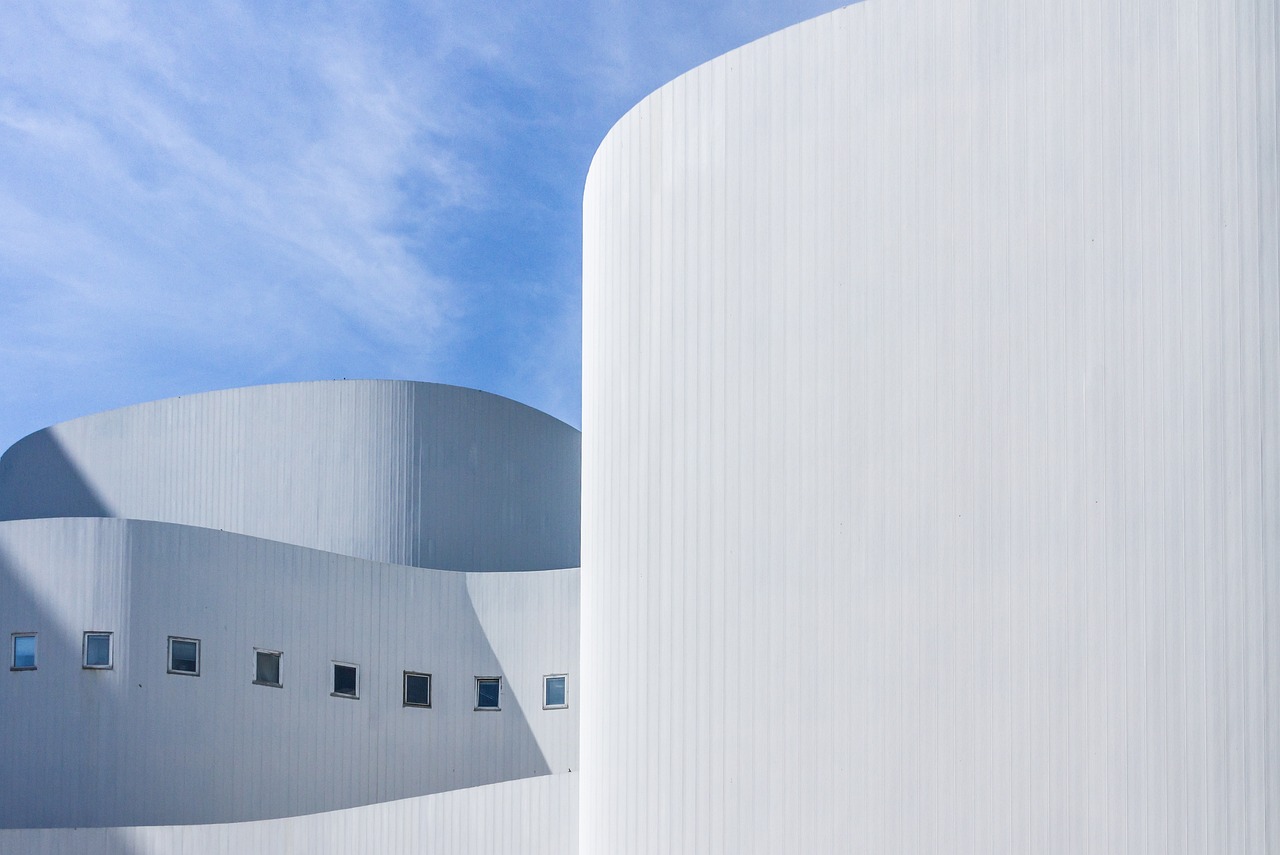
Experimenting with Techniques
When it comes to abstract drawing, the beauty lies in the freedom to explore and experiment. Think of it as a playground where your imagination can run wild! The more you play, the more you discover what resonates with you. So, why not dive into various techniques that can elevate your artwork to new heights? Here are some exciting methods that can inspire you to break free from traditional drawing norms and embrace the abstract world.
One of the most thrilling techniques is splattering. Imagine the thrill of flicking paint onto your canvas, creating a beautiful mess that somehow comes together to form a striking piece of art. This technique allows for spontaneity and can lead to unexpected results. You might be surprised at how a few splashes can evoke emotions or create movement within your piece.
Another method to consider is layering. This technique involves applying multiple layers of color or texture, which can add depth and complexity to your artwork. Picture a sandwich: each layer adds its own flavor, and when combined, they create something deliciously unique. You can use different mediums, such as pastels, acrylics, or even collage materials, to build your layers. The key is to allow each layer to dry before adding the next, giving you control over the final look.
Don't shy away from using unconventional tools either! Instead of traditional brushes, why not try using sponges, fingers, or even old credit cards to apply paint? These tools can create interesting textures and effects that brushes simply can't replicate. For instance, using a sponge can give you a soft, diffused look, while a credit card can create sharp lines and shapes. Let your creativity guide you in choosing tools that feel right for your artistic expression.
As you experiment with these techniques, remember that there are no mistakes in abstract art—only opportunities for growth. Each stroke, splash, or layer is a step towards discovering your unique style. Embrace the process and allow yourself to be surprised by the results. Keep in mind that your artistic journey is personal; what works for one artist may not work for another. So, feel free to mix and match techniques, and don't hesitate to invent your own!
To help you get started, here’s a quick table summarizing some exciting techniques to experiment with:
| Technique | Description | Suggested Tools |
|---|---|---|
| Splattering | Flicking paint onto the canvas for a spontaneous effect. | Brushes, toothbrushes, or fingers |
| Layering | Building depth with multiple layers of color or texture. | Acrylics, pastels, or collage materials |
| Using Unconventional Tools | Applying paint with tools other than brushes for unique effects. | Sponges, credit cards, or kitchen utensils |
In conclusion, experimenting with techniques in abstract drawing is not just about creating art; it's about discovering yourself as an artist. Each technique offers a new avenue for expression and a chance to push the boundaries of your creativity. So grab your materials, unleash your imagination, and start experimenting today!
Q: What is the best way to start experimenting with abstract drawing?
A: Start by trying out different techniques one at a time. Don’t be afraid to mix mediums and tools, and remember that the process is just as important as the final piece!
Q: Do I need expensive materials to create abstract art?
A: Not at all! Many stunning abstract artworks are created using inexpensive materials. Focus on what you have and let your creativity shine.
Q: How can I find my unique style in abstract drawing?
A: The best way to find your style is to experiment. Try various techniques, colors, and tools until you find what resonates with you. Over time, your unique artistic voice will emerge.
Frequently Asked Questions
- What is abstract drawing?
Abstract drawing is a form of art that emphasizes colors, shapes, and forms instead of realistic depictions. It allows artists to express emotions and concepts in a non-literal way, encouraging creativity and personal interpretation.
- Do I need special tools to start abstract drawing?
No, you don't need anything fancy! Basic tools like pencils, markers, and a variety of paper types are sufficient. The key is to experiment with what you have and see what works best for you.
- How do I choose the right paper for abstract drawing?
Choosing the right paper depends on the medium you plan to use. Heavier paper is better for wet mediums, while lighter paper works well for dry materials. Experiment with different textures to find what inspires you!
- Can I use any colors for abstract drawing?
Absolutely! While understanding color theory can help you create harmonious compositions, the beauty of abstract art lies in your personal expression. Don't be afraid to mix and match colors that resonate with you!
- What techniques should I try as a beginner?
Start with simple techniques like line drawing, color blending, and shape manipulation. As you grow more comfortable, explore splattering, layering, and using unconventional tools to create unique effects.
- How important is experimentation in abstract drawing?
Experimentation is crucial! It’s through trying new techniques and materials that you'll discover your unique style. Don't be afraid to make mistakes; they often lead to the most exciting artistic breakthroughs!
- Is there a specific color palette I should use?
There’s no one-size-fits-all palette! However, creating a harmonious color palette can enhance your artwork. Start by choosing a few colors that complement each other and reflect the mood you want to convey.


















